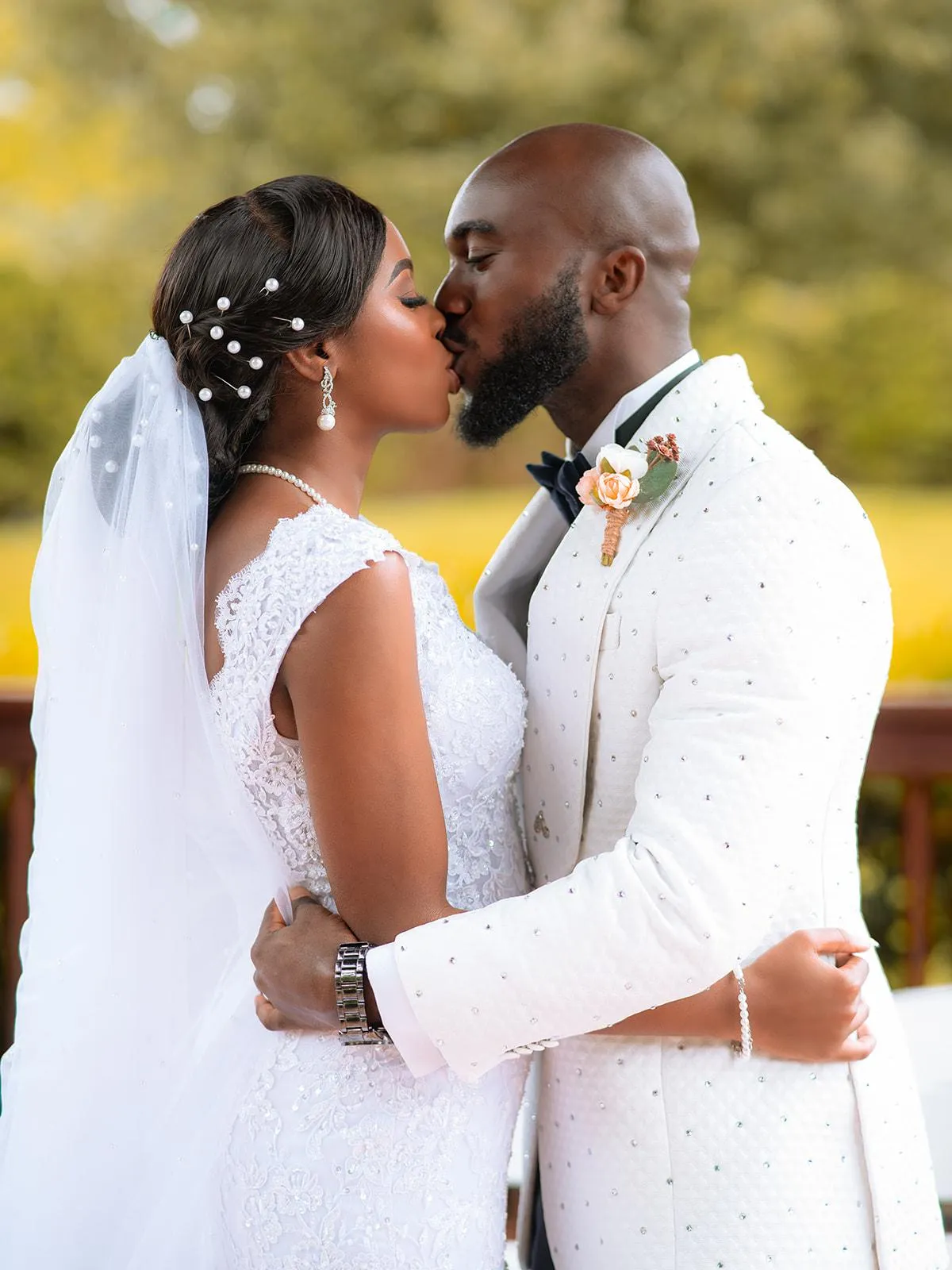
Golden Hour Ceremony: The Secret Behind These Dreamy Wedding Shots
There’s something magical about that moment when the sun dips low, casting everything in a warm, golden glow. It’s not just a coincidence that some of the most breathtaking wedding photos you’ve ever seen were taken at this time — it’s the power of the golden hour. Whether you’re planning a beachside elopement or a garden celebration, understanding this natural lighting phenomenon can take your wedding photos from beautiful to unforgettable.
If you’ve ever wondered how couples achieve that soft, ethereal light in their portraits, your answer lies in working with the right wedding photographer in Houston TX who knows how to harness that fleeting moment. At B&A Photography, for instance, capturing the golden hour isn’t just about timing—it’s about crafting an atmosphere where emotion and light blend perfectly. The result? Photos that don’t just show what your wedding looked like, but what it felt like.
What Exactly Is the Golden Hour?
The golden hour refers to the short window of time just after sunrise or before sunset when the sun sits low on the horizon. During this time, sunlight travels through more of the atmosphere, creating a softer, warmer tone and eliminating harsh shadows. It’s nature’s built-in filter—flattering skin tones, enhancing details, and bathing everything in a romantic amber hue.
Here’s why photographers love it:
Soft light: It smooths out textures and minimizes blemishes.
Warm tones: It adds a natural glow that enhances emotional depth.
Long shadows: It creates dimension, making photos more dynamic and cinematic.
It’s no wonder so many couples plan their ceremonies and portraits around this time of day—it’s pure visual poetry.
Why Timing Is Everything
Golden hour typically lasts only about 45 minutes to an hour, depending on your location and season. For a wedding, that means planning ahead. You’ll want your ceremony to start slightly before sunset so your portraits can begin when the light is at its best. A professional photographer will help you schedule the timeline down to the minute, ensuring you get those once-in-a-lifetime shots before the light fades.

In Houston, for example, golden hour can vary widely throughout the year. In summer, it may stretch toward 8 p.m., while in winter, it might happen around 5 p.m. That’s why working with a local expert who knows the timing—and how to adapt to changing light—is crucial.
The Golden Hour Advantage
Beyond the technical benefits, there’s something emotionally resonant about golden hour imagery. The way light softly wraps around couples, the sun kissing the edges of a veil, or the sky turning from gold to rose—it all adds up to an atmosphere that feels intimate, timeless, and cinematic.
A recent couple, Sarah and Miguel, wanted their outdoor Houston wedding to feel romantic yet modern. Their photographer scheduled portraits to start precisely 40 minutes before sunset. As the light began to mellow, their laughter and warmth seemed to glow from within. When they received their gallery weeks later, every image looked like a still from a romantic film—the kind you’d watch over and over again.
How to Make the Most of Golden Hour
Want to capture that same magic? Keep these quick tips in mind:
Coordinate your timeline: Build your wedding schedule around sunset.
Scout the location: Open spaces like fields or beaches make the most of the light.
Trust your photographer: They’ll know how to frame, expose, and compose for that golden look.
Be flexible: Light changes fast; go with the flow to capture authentic moments.
When planned right, the golden hour transforms your wedding album into a story told through light and emotion. Every frame radiates warmth, love, and connection—proof that sometimes, timing really is everything.
So, if you’re dreaming of photos that feel as magical as your love story, plan for that glow. The sun will do the rest. Contact us today to start planning your perfect golden hour session!


